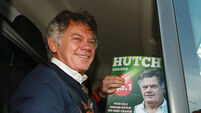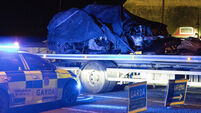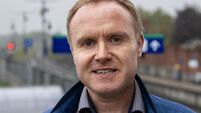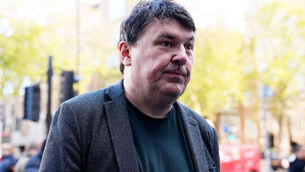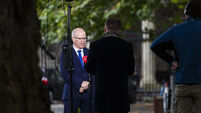Number of stray horses put down by council doubles
In 2012, the local authority was forced to put down 66 horses, but the figure jumped to 136 last year, due to a number of factors.
Sharon Corcoran, the head of the local authority’s environmental directorate, which deals with stray horses, said it “was unfortunate” that the council was forced to put down so many of the animals.







